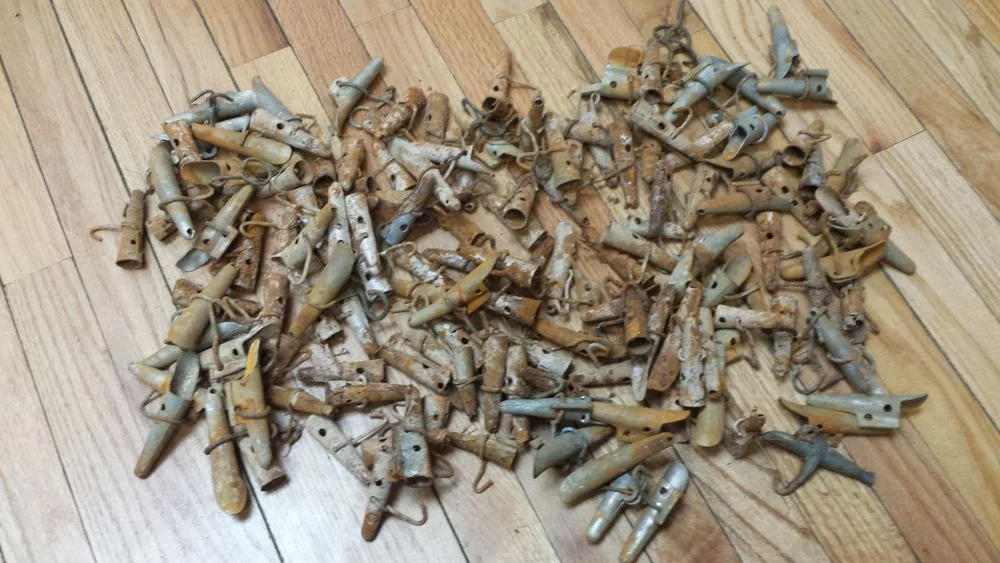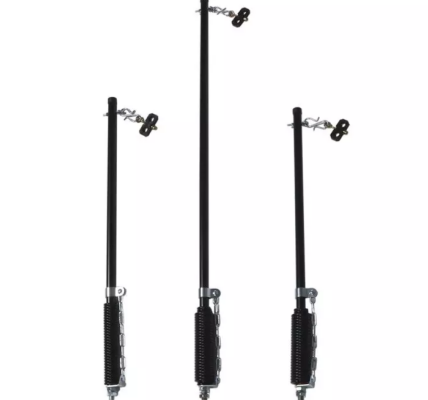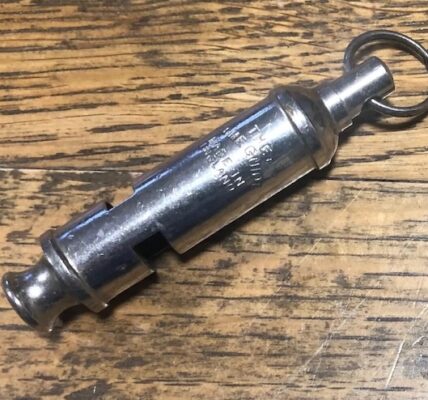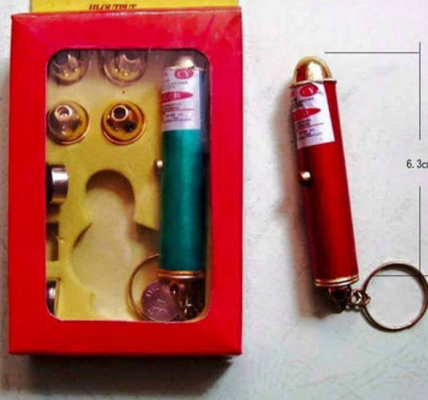In today’s world of twist-off caps and pull tabs, we hardly think twice about opening a bottle of soda. The simple act of cracking open a fizzy beverage is effortless, thanks to modern innovations. But before the invention of bottle caps as we know them, there was another ingenious solution that kept our favorite drinks fresh and bubbly: the soda pop stopper. These small yet significant devices were the unsung heroes of keeping carbonated beverages fizzy for longer, and their story offers a fascinating glimpse into a bygone era.
What Are Soda Pop Stoppers?

Imagine opening a bottle of soda without a cap to reseal it. That’s where soda pop stoppers, also known as bottle stoppers, stepped in. These little contraptions were designed to reseal opened bottles, preserving the carbonation and keeping the drink fizzy. In the days before the crown cork bottle cap became the industry standard, soda pop stoppers were essential for extending the life of an opened soda.
The stoppers were reusable, often made of metal and rubber, and worked by tightly sealing the bottle neck to prevent the precious carbonation from escaping. This allowed people to enjoy their sodas over time, without the fear of them going flat.
A Peek into the Past: The Evolution of Beverage Sealing
Before the advent of the crown cork in the 1890s, the challenge of keeping carbonated drinks fresh was a significant one. Soda pop stoppers were widely used from the late 19th century through the mid-20th century, during a time when innovation was driven by necessity. Bottles needed a way to maintain the carbonation pressure, and these stoppers were the solution that millions relied on.
These devices also reflect a different era in consumer habits. People were more resourceful, and reuse was commonplace. The soda pop stopper was not just a clever tool but a staple in both homes and small businesses, helping keep beverages fresh in a time when convenience meant something very different from what it does today.
The Materials of Innovation: Metal and Rubber
Soda pop stoppers were typically made from a combination of metal and rubber. The metal provided the necessary durability and structure, while the rubber seal ensured a tight, air-proof fit around the bottle neck. This design allowed the stoppers to withstand the pressure from the carbonation, keeping the drink fizzy for days after opening.
The use of metal also gave these stoppers a lasting quality, making them durable enough to be reused countless times. This sustainability in design highlights a time when products were made to last, contrasting with the disposable nature of modern packaging.
The Many Designs of Soda Pop Stoppers: A World of Fizz

The variety in soda pop stopper designs is fascinating. Different manufacturers created stoppers with unique features tailored to specific bottle types or brands. Some stoppers were made with elaborate mechanisms for locking in carbonation, while others were simpler, more universal designs meant to fit a range of bottle sizes.
Collectors of vintage stoppers often find themselves amazed at the ingenuity behind each design. These stoppers serve as a time capsule, each one representing a unique period in the evolution of beverage technology.
Preserving the Past: Soda Pop Stoppers as Collectibles
Today, vintage soda pop stoppers have become treasured collectibles. For enthusiasts of antique bottle memorabilia or historians of consumer goods, these little stoppers hold immense value. They are more than just functional items—they are artifacts that tell a story of everyday life in a time when keeping drinks fresh was more of a manual process than the quick twist of a cap.
Restoring and preserving these stoppers has become a passion for some, who display them as part of larger collections of antique bottle-related items. The rustic appeal of their metal construction, combined with the nostalgia they evoke, makes them a perfect decorative piece that brings a touch of history into modern homes.
The Rise and Fall of the Soda Pop Stopper: A Story of Innovation
The widespread adoption of the crown cork bottle cap in the 1890s marked a significant shift in the way beverages were sealed. The crown cork, with its simple crimped metal design, quickly became the industry standard for soda and beer bottles. It was cheaper to produce, easier to use, and more efficient at maintaining carbonation.
However, soda pop stoppers didn’t disappear immediately. They continued to be used in homes and smaller businesses, particularly for resealing homemade sodas or carbonated drinks that were sold in reusable bottles. But as technology advanced, soda pop stoppers gradually faded from everyday use, making way for more disposable solutions like twist-off caps and single-use bottles.
The Enduring Legacy of Soda Pop Stoppers: A Reminder of Resourcefulness

While soda pop stoppers are no longer part of our daily routines, they remain a fascinating reminder of the past. They reflect an era when ingenuity and resourcefulness were at the forefront of product design. The stoppers remind us of a time when products were built to last and reuse was a way of life, long before the rise of single-use packaging that defines much of today’s consumer culture.
Conclusion: A Fizz of Nostalgia
The soda pop stopper may no longer be a necessity, but its legacy is alive in the nostalgia it evokes and the history it represents. These small, unassuming devices are a symbol of an era when keeping a bottle of soda fizzy required more thought and care than simply popping off a twist-off cap. As we continue to move toward more advanced and convenient packaging solutions, it’s worth taking a moment to appreciate the small innovations of the past that paved the way for modern conveniences.
For collectors, historians, and anyone with a fondness for vintage memorabilia, soda pop stoppers serve as charming relics of a simpler time. They remind us of the power of human ingenuity and the importance of preserving the stories behind everyday items that once played a significant role in our daily lives.




